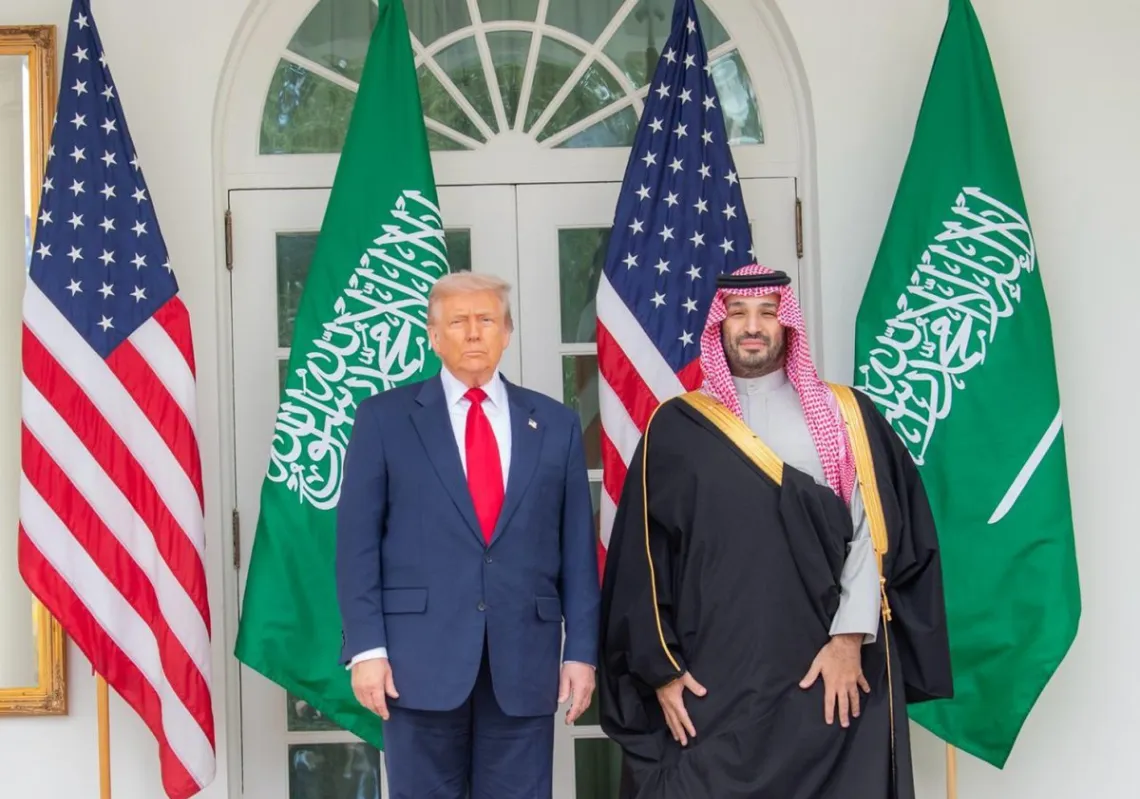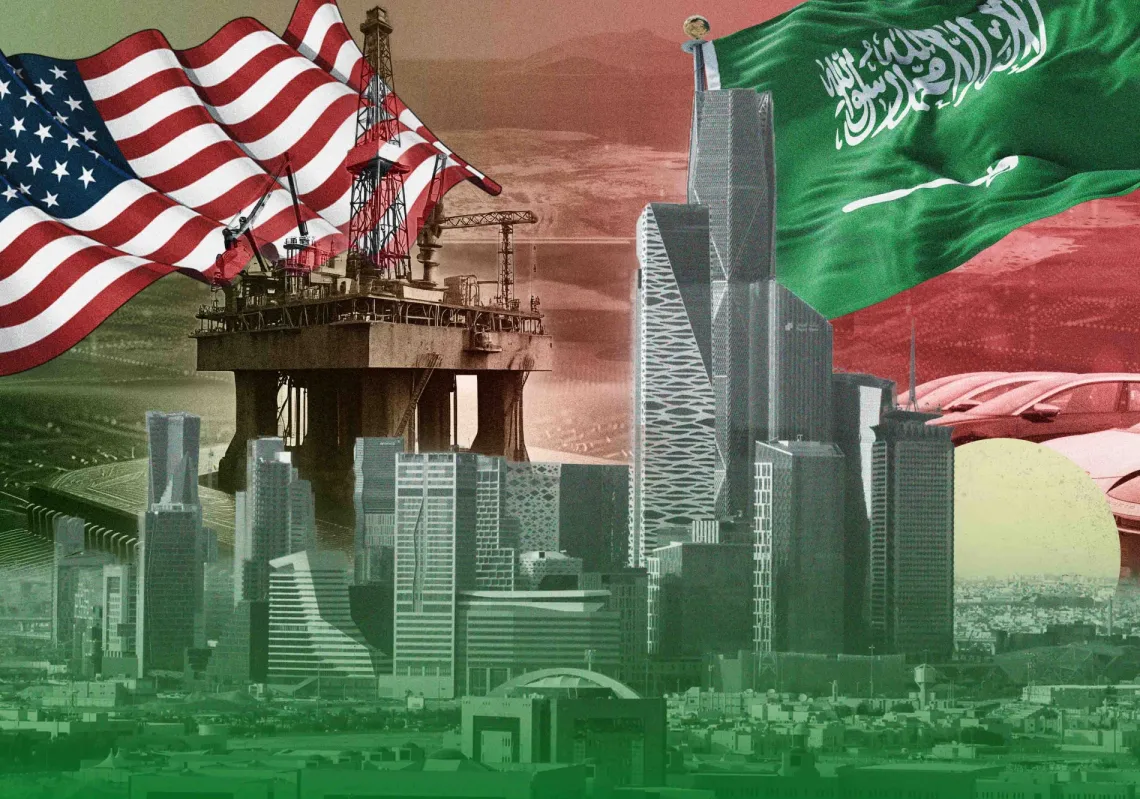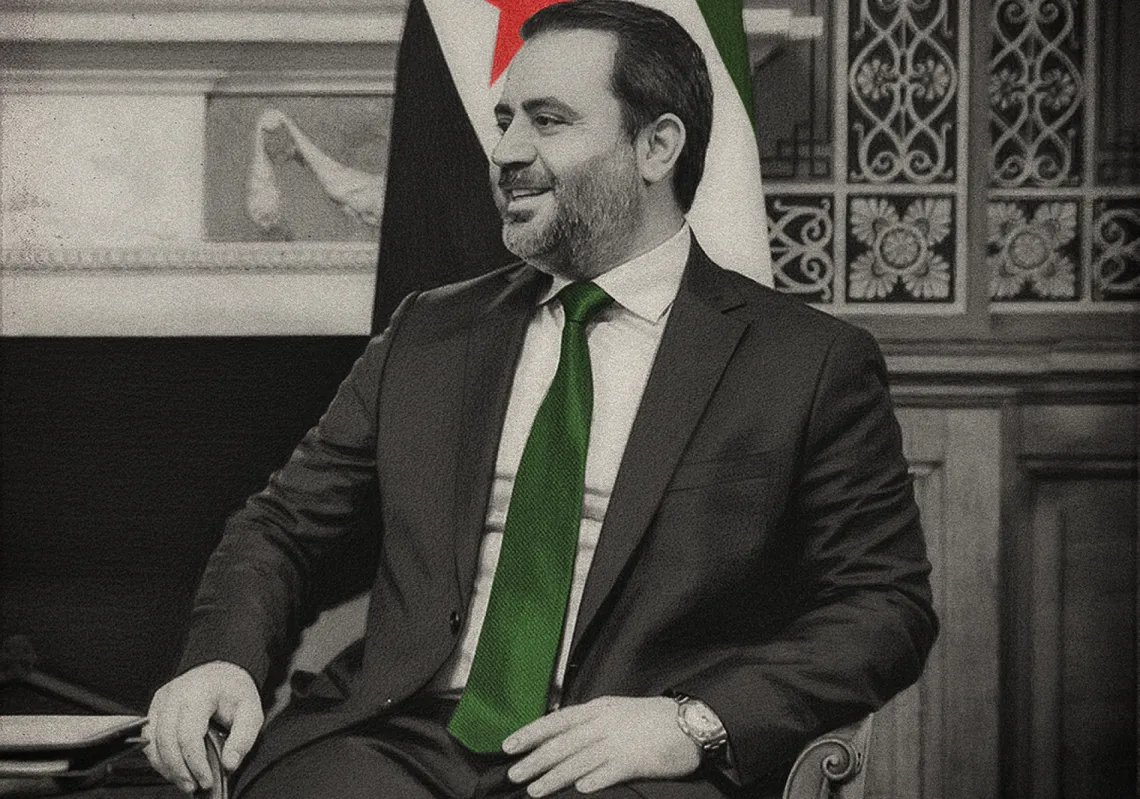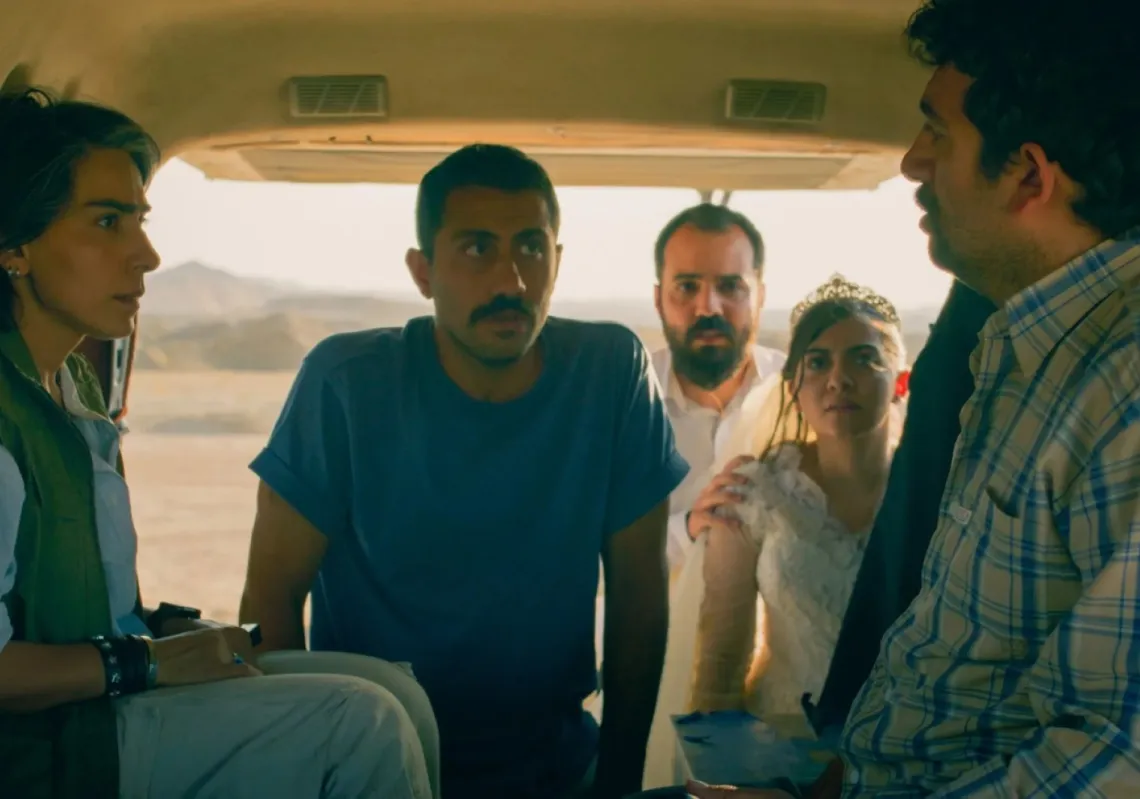The world is on the brink of failing a critical test: the one measuring whether the international community is willing or able to end a global pandemic without leaving anyone behind. Wealthy countries have bought up vast vaccine supplies, leaving poorer ones to cope with extreme scarcity. An international initiative known as the COVID-19 Vaccine Global Access Facility (COVAX) aims to distribute vaccines widely and equitably, but it is short of funds. At best, COVAX will reach only a small portion of the populations of low-income countries this year. The South African government has aptly warned of a coming global “vaccine apartheid.”
There is still time to manage this differently. Wealthy countries have a moral duty to help distribute vaccines. It is also in their economic interest. Instead of hoarding supplies, these countries should reallocate doses to low- and middle-income countries and provide funding to ensure that the most vulnerable populations—including minorities and stateless people—and, ultimately, entire populations are immunized, regardless of income.
A SMART SACRIFICE
Political leaders face strong pressures to prioritize vaccinating their own populations. The impulse to care first for one’s own people can be morally justified but only within limits. All people have equal worth, with similar aspirations for health and productivity. The equitable distribution of vaccines—as well as tests and therapies—is an ethical and humanitarian imperative. It is also the most efficient way to address or reverse the crises that the coronavirus pandemic has set in motion, many of which will soon enough affect all nations, whether they have vaccine supplies or not.
While the pandemic persists, progress in other areas of global health, such as immunizing children and eradicating polio, sharply reverses. Because of COVID-19, some 1.5 million more people were projected to die from AIDS, tuberculosis, and malaria in 2020. That number approaches that of the world’s COVID-19 deaths in the same period. The number of people experiencing or at risk of acute hunger has roughly doubled in the last year, and the World Bank estimates that the pandemic has thrust 100 million people into extreme poverty, a fate another 50 million are expected to suffer by the end of this year. Women and girls confront a greater risk of gender-based violence, including rape, child marriage, and sex slavery, during the pandemic. And school closings and inaccessible remote learning have left 463 million children without formal education.
Only by vaccinating the world’s population can these destabilizing and immiserating trends be reversed or brought to heel. Large clusters of disease in low-income countries risk reseeding the pandemic in high-income countries—and such unchecked spread will hinder the global economic recovery and undermine the security of governments worldwide.
To distribute enough vaccines, drugs, and tests to developing countries will cost an estimated $24 billion in 2021. That is a significant sum at a time when even high-income economies have been battered. But the investment will bring benefits that far outstrip the cost. The International Monetary Fund has projected that worldwide vaccination would add nearly $9 trillion to the global economy by 2025—conversely, the RAND Corporation has projected that for each year that low-income countries cannot access vaccines, the combined GDP of high-income countries would fall by $100 billion. The leaders of wealthy democracies must look beyond today, or their decisions will haunt them tomorrow.
REALLOCATING RIGHT
True justice would require all high-income countries to relinquish their separately purchased vaccines and instead participate in COVAX. Doing so would ensure that vaccines were allocated on an equitable basis and that the most vulnerable everywhere were protected first, regardless of the ability to pay. But such a solution is politically implausible, given that wealthy countries have already begun to distribute the doses that they have purchased for themselves.
Remarkably, even some COVAX participants have become part of the problem. Australia, Canada, and the European Union, for instance, have entered separate purchase agreements with vaccine makers, buying scarce supplies directly from producers and starving COVAX of doses. These countries seek to have it both ways, and current rules do not appear to impede them: they can join the global effort for equitable vaccine distribution and still secure early access for themselves. But the two efforts are in tension. The more supplies rich nations procure, the fewer doses remain for those who rely on COVAX.
An equitable and truly effective worldwide vaccination program requires wealthy nations to reallocate their vaccine supplies. Canada, the EU, and the United States have all signaled some willingness to share doses that exceed their national needs. But sharing on the margins is insufficient. The EU, the United States, and COVAX should instead devise a plan that commits all countries that have secured doses to reallocating them. High-income countries are already vaccinating their vulnerable populations. But the doses that will be procured later this year—which are expected to be used for the general, low-risk populations of these high-income countries—can still be reallocated to COVAX.
COVAX set an initial goal of covering the most vulnerable 20 percent of participating countries’ populations in 2021. This goal is far below the threshold needed for herd immunity and much lower than what high-income countries would tolerate for themselves. Reallocation would enable the facility to exceed that target, jump-start economies, and save lives. At the same time, all countries should increase their funding for the Access to COVID-19 Tools Accelerator (ACT-Accelerator), a global collaboration spearheaded by the World Health Organization (WHO) for the equitable distribution of COVID-19 testing and drugs. Doing so could raise the $24 billion that will be needed this year to secure global access not only to vaccines but also to testing, personal protective equipment, and therapies that can aid countries when vaccine access lags. These technologies would allow specialists to track and control the virus’s evolution and spread.
A SMALL PRICE TO PAY
Wealthy countries will have to shoulder the greater part of the global burden of ending the pandemic. Funding obligations should be proportional to population size and income, as is the case with UN dues. Wealthy countries have already injected approximately $13 trillion into their own economies. But they have increased their social protection assistance—programs meeting people’s basic needs, such as for food and unemployment support—to low- and middle-income countries only by less than $6 billion as of last October. Wealthy countries should commit at least two percent of their COVID-19 spending to response and recovery measures in low- and middle-income countries. Doing so meets not only a moral obligation but also a legal one, under international human rights law. According to the International Covenant on Economic, Social, and Cultural Rights, wealthy countries have an obligation to “take steps, individually and through international assistance and co-operation” to realize every person’s human rights. Moreover, helping other countries fight the pandemic can boost global markets and stabilize governments, strengthening the economic recovery and national security interests of wealthy countries, as well.
President Joe Biden has promised a major COVID-19 recovery package early in his administration. If the United States and other wealthy nations were to commit two percent of such spending abroad, they would release some $260 billion in funds. That amount could cover the needs of the ACT-Accelerator and more. The sum would also allow the UN World Food Program to meet the needs of more than 270 million people facing or at direct risk of acute food insecurity. It would further help the UN meet the needs of the 235 million people requiring humanitarian aid, such as emergency medical assistance or rescue from natural disasters or political persecution—a figure that has dramatically increased because of the pandemic. The funds could help strengthen social safety nets in low-income countries and bolster grassroots organizations with access to marginalized populations.
The world’s major economies should not only commit some of their pandemic relief spending to countries with low incomes but also extend a debt service moratorium through 2022 and cancel many of the poorest countries’ debts. They should support the International Monetary Fund in creating Special Drawing Rights, an asset added to countries’ foreign reserves that can be converted into currency. The sooner the world jump-starts the economies of low- and middle-income countries, the sooner those countries will be able to finance their own vaccines, drugs, and diagnostic tests when the next pandemic hits.
LOOKING INWARD
Countries should aim to equitably distribute resources not only around the world but also within their borders. They must steward their vaccine supplies transparently and equitably, including to undocumented immigrants, refugees, and other marginalized communities hard hit by the pandemic, such as people of color in the United States, migrant workers in Singapore, and indigenous peoples in Brazil. Doing so will require policymakers to set ethical priorities but also to undertake community outreach efforts that aim at ensuring inclusion.
Even as the wealthy countries undertake the hard work of looking inward, they must not neglect the most vulnerable global populations, some of whom reside within their borders. These include refugees, internally displaced persons, asylum seekers, and stateless people. Such communities are often crowded together, which puts them at particular risk of infection, and their lack of citizenship in their countries of residence makes them especially likely to be left out of health care and vaccination campaigns. Ensuring the immunization of such communities is a matter not only of fairness but also of prevention of further spread. All countries should prioritize these populations, and COVAX should require recipient countries to cover them. In fact, the facility should increase its 2021 vaccination goal to include the 80 million forcibly displaced people and at least 10 million stateless people.
The world will almost certainly face another pandemic. The next novel outbreak may or may not compare to COVID-19 in magnitude and severity; but to anticipate its eventuality, the WHO, with full support from the world’s governments, should set up a standing fund to cover vaccine research, development, and allocation. The G-7 or G-20, for example, could spearhead this fund. All countries should further agree upon binding rules for the equitable distribution of vaccines, therapeutics, and testing by, for instance, adopting a separate global health treaty that includes these rules or reforming the International Health Regulations, which address the obligations of countries and of the WHO to public health emergencies.
The equity action agenda we have proposed will not only save lives and propel economic recovery but also demonstrate that today’s fractured world can come together for a common purpose. Such cooperation will ultimately serve a host of global priorities—from climate change to future global health security—that require shared endeavor and a commitment to justice.
This article was originally published on ForeignAffairs.com.








